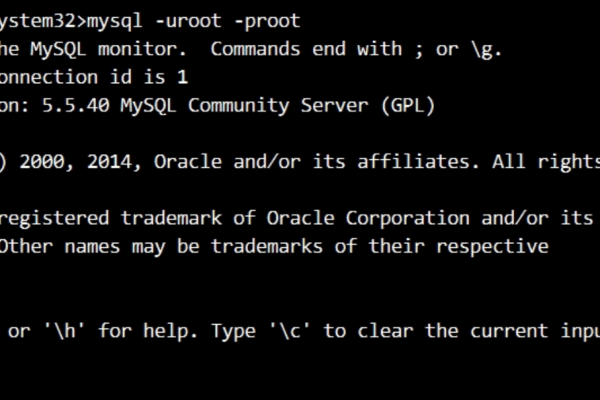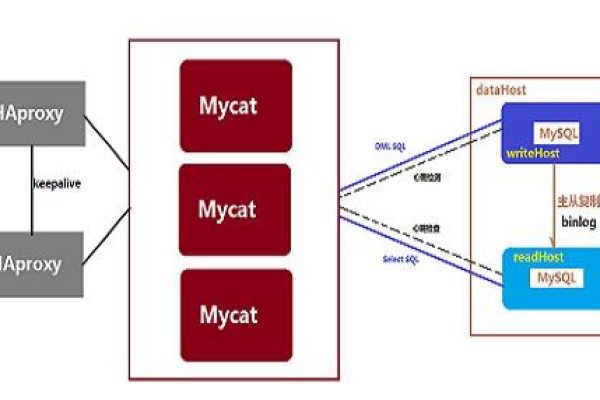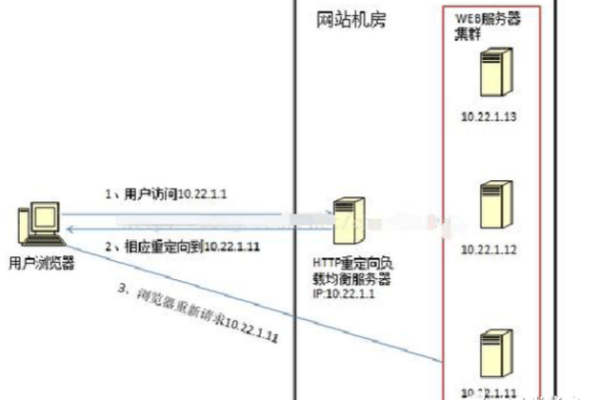如何在ASP中实现模态窗口功能?
- 行业动态
- 2024-11-22
- 1
在Web开发中,模态窗口是一种非常常见的用户界面元素,它允许用户在不离开当前页面的情况下进行交互,ASP.NET(Active Server Pages)作为一种服务器端技术,结合HTML、CSS和JavaScript可以实现模态窗口的创建,本文将详细介绍如何在ASP.NET项目中实现模态窗口,包括其原理、实现步骤以及常见问题解答。
模态窗口的原理
模态窗口通常是一个覆盖在主内容之上的独立窗口,用于显示额外的信息或进行特定的操作,当模态窗口打开时,用户无法与主页面的其他部分进行交互,直到关闭模态窗口,这种设计模式有助于引导用户的注意力,并确保他们在完成特定任务之前不会分心。
实现步骤
2.1 准备环境
确保你已经安装了Visual Studio或其他支持ASP.NET开发的IDE,并且已经创建了一个ASP.NET Web应用程序项目。
2.2 创建HTML结构
在你的ASPX页面中,添加一个按钮用于触发模态窗口的显示,以及一个隐藏的div元素作为模态窗口的内容,以下是一个基本的HTML结构示例:
<!DOCTYPE html>
<html lang="en">
<head>
<meta charset="UTF-8">
<title>Modal Example</title>
<link rel="stylesheet" href="styles.css">
</head>
<body>
<form id="form1" runat="server">
<div>
<button type="button" id="openModalBtn">Open Modal</button>
</div>
<!-Modal -->
<div id="myModal" class="modal">
<div class="modal-content">
<span class="close">×</span>
<p>This is a modal window!</p>
</div>
</div>
</form>
<script src="scripts.js"></script>
</body>
</html> 2.3 添加CSS样式
为了使模态窗口看起来更美观,我们需要添加一些CSS样式,创建一个名为styles.css的文件,并添加以下内容:
/* The Modal (background) */
.modal {
display: none; /* Hidden by default */
position: fixed; /* Stay in place */
z-index: 1; /* Sit on top */
left: 0;
top: 0;
width: 100%; /* Full width */
height: 100%; /* Full height */
overflow: auto; /* Enable scroll if needed */
background-color: rgb(0,0,0); /* Fallback color */
background-color: rgba(0,0,0,0.4); /* Black w/ opacity */
}
/* Modal Content */
.modal-content {
background-color: #fefefe;
margin: 15% auto; /* 15% from the top and centered */
padding: 20px;
border: 1px solid #888;
width: 80%; /* Could be more or less, depending on screen size */
}
/* The Close Button */
.close {
color: #aaa;
float: right;
font-size: 28px;
font-weight: bold;
}
.close:hover,
.close:focus {
color: black;
text-decoration: none;
cursor: pointer;
} 2.4 添加JavaScript功能
我们需要使用JavaScript来控制模态窗口的显示和隐藏,创建一个名为scripts.js的文件,并添加以下内容:
// Get the modal
var modal = document.getElementById("myModal");
// Get the button that opens the modal
var btn = document.getElementById("openModalBtn");
// Get the <span> element that closes the modal
var span = document.getElementsByClassName("close")[0];
// When the user clicks the button, open the modal
btn.onclick = function() {
modal.style.display = "block";
}
// When the user clicks on <span> (x), close the modal
span.onclick = function() {
modal.style.display = "none";
}
// When the user clicks anywhere outside of the modal, close it
window.onclick = function(event) {
if (event.target == modal) {
modal.style.display = "none";
}
} 整合到ASP.NET项目中
将上述HTML、CSS和JavaScript文件添加到你的ASP.NET项目中,并确保它们被正确引用,你可以在_Layout.cshtml文件中添加对CSS和JavaScript文件的引用,以便在整个项目中使用模态窗口。
测试和调试
运行你的ASP.NET应用程序,并点击“Open Modal”按钮以测试模态窗口的功能,你应该看到一个覆盖在主页面上的模态窗口,其中包含一条消息和一个关闭按钮,点击关闭按钮或模态窗口外部区域可以关闭模态窗口。
相关问答FAQs
Q1: 如何更改模态窗口的大小?
A1: 你可以通过修改CSS中的.modal-content类的宽度和高度属性来更改模态窗口的大小,将宽度设置为50%可以使模态窗口占据屏幕宽度的一半。
Q2: 如何在模态窗口中添加表单元素?
A2: 你可以在.modal-contentdiv内部添加任何HTML表单元素,如输入框、文本域、选择框等,确保这些元素具有适当的ID和名称属性,以便在后端处理它们。
各位小伙伴们,我刚刚为大家分享了有关“asp 模态窗口”的知识,希望对你们有所帮助。如果您还有其他相关问题需要解决,欢迎随时提出哦!
本站发布或转载的文章及图片均来自网络,其原创性以及文中表达的观点和判断不代表本站,有问题联系侵删!
本文链接:https://www.xixizhuji.com/fuzhu/314231.html








